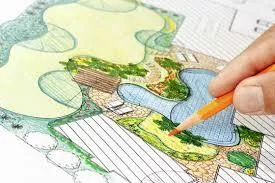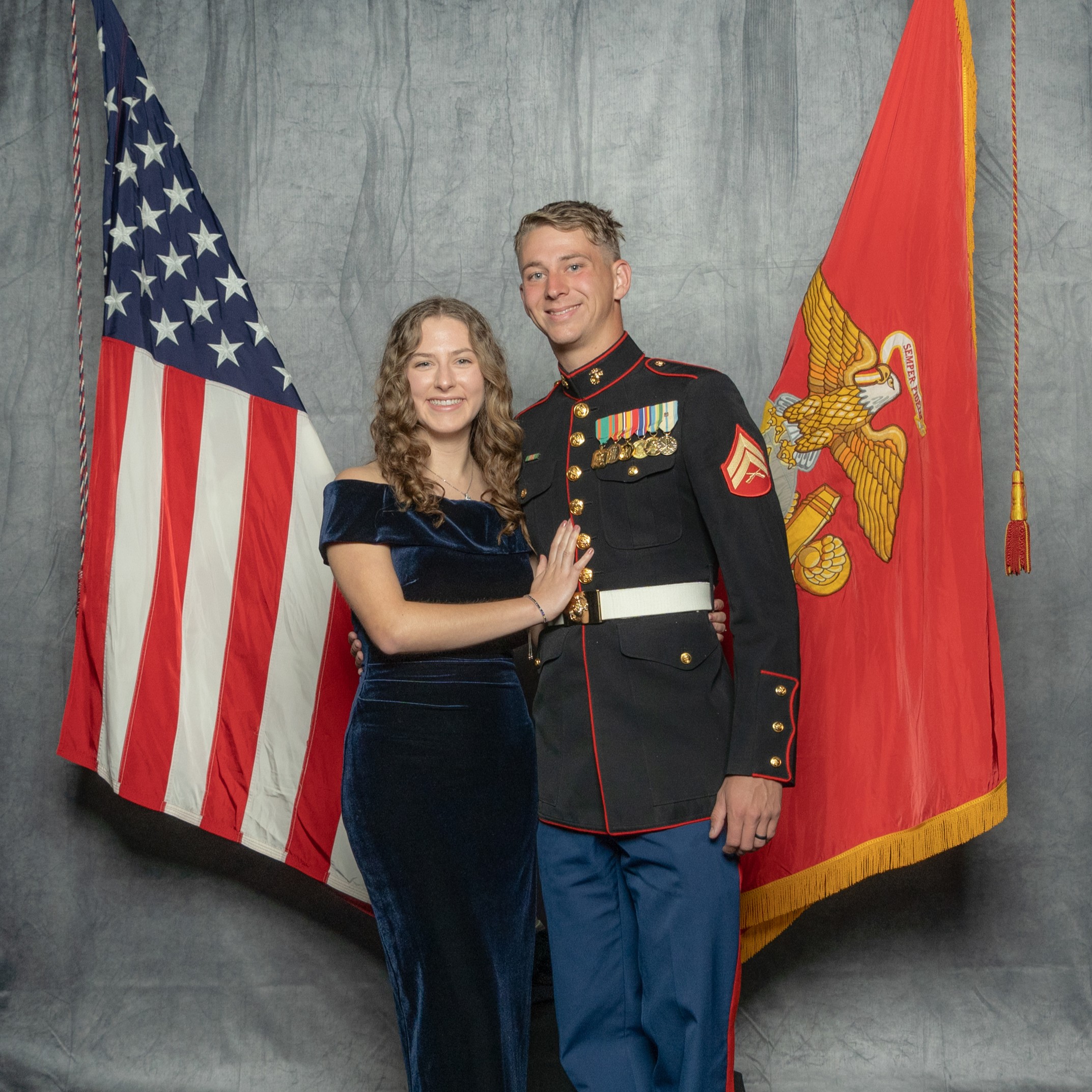
How to design landscape projects
Landscape Design Principles: 3 Factors That Shape Every Great Yard
Planning a landscape is kind of like planning a dinner party—you’ve got to think about who’s coming, what the mood is, and how everything flows. The difference is that a landscape sticks around a lot longer than a night of hors d'oeuvres. Whether you're doing it yourself or bringing in the pros, smart design upfront saves time, money, and second-guessing later on.
Let’s break down three landscape design principles that lay the groundwork (literally) for a yard that looks great and works even better:
Function: What will your yard do for you?
Flow: How does everything connect and move?
Feel: What’s the atmosphere you want to create?
1. Function Comes First (Even Before Aesthetics)
Before you fall in love with that dreamy Pinterest-worthy pergola, take a step back and ask: What is this space actually for?
Do you need a place for kids to play? A quiet retreat for reading and coffee? Room for entertaining friends? Or maybe you’re focused on solving real problems—like muddy drainage spots, erosion, or too much sun.
Start with:
How you plan to use your space day-to-day
Who else will be using it (pets, kids, guests)
Maintenance needs (how much time do you want to spend on upkeep?)
Every landscape decision—hardscaping, plant choice, lighting—should serve the bigger goal of making your outdoor space more livable. Design without function is just expensive decoration.
2. Flow: It’s Not Just for Traffic
Once you know what your space needs to do, the next question is: How does it all fit together?
Think about how you’ll move through the yard:
Are walkways intuitive and safe?
Do lawn areas connect logically to patios, gardens, or fire pits?
Can you navigate your space without stepping through mulch beds or dodging sprinkler heads?
And it's not just about foot traffic. Visual flow matters too. A well-designed landscape leads the eye naturally from one area to another, using:
Plant height and layering to create rhythm
Curved paths or borders to soften transitions
Focal points like trees, sculptures, or water features to guide attention
Bonus: good flow often makes a space feel larger than it is. Strategic placement of borders, edges, and zones can transform even a small yard into something that feels expansive and intentional.
3. Feel: Every Yard Has a Personality
This is where the real fun begins. Once you’ve got your function and flow sorted, it’s time to ask: What do I want this space to feel like?
Maybe it’s:
Relaxed and natural with native grasses, wildflowers, and soft curves
Modern and clean with defined lines, structured plantings, and bold features
Lush and tropical with big-leaf plants and pops of color
Rustic and homey with gravel paths, garden boxes, and cozy corners
The “feel” comes from a mix of materials, color palettes, lighting, plant types, and layout. But more than anything, it comes from clarity. When homeowners know what mood they want to create, every design decision becomes easier.
A strong design doesn’t just make your yard look good—it makes it feel right. Like a place you want to spend time. A place that reflects who you are and how you live.
Want Help Mapping It All Out?
Whether you’re looking to DIY your backyard or hire someone to bring your vision to life, a solid plan is the key to a smart investment. Our team offers design consultations that help you define your goals, lay out your options, and avoid costly mistakes.
Book a consultation with us at deepwoodsllc.com and let’s design a space that works as great as it looks.
- Deepwoods Lawn and Landscape
(337) 540-6411
P.S. You don’t need to know all the answers—you just need to know what you want to feel. We’ll help with the rest.
